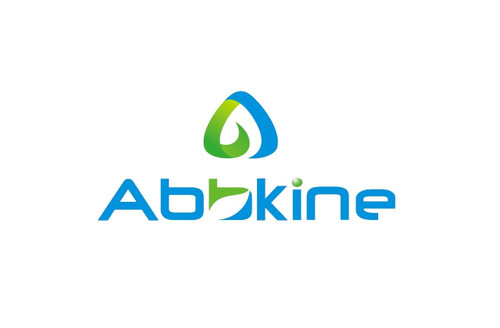Product Description
Human Histone-lysine N-methyltransferase SETD7 (SETD7) ELISA Kit | AE19938HU | Abebio
Species Reactivity: Human (Homo sapiens)
Abbreviation: SETD7
Alternative Name: FLJ21193; KIAA1717; KMT7; SET7; SET7/9; SET9; H3-K4-HMTase|SET domain-containing protein 7|histone H3-K4 methyltransferase|histone H3-lysine 4-specific methyltransferase
Application: ELISA
Range: 0.156-10 ng/mL
Sensitivity: 0.054 ng/mL
Intra-Assay: ≤4.6%
Inter-Assay: ≤6.8%
Recovery: 0, 92
Sample Type: Serum, Plasma, Other biological fluids
Detection Method: Sandwich
Analysis Method : Quantitive
Test Principale: This assay employs a two-site sandwich ELISA to quantitate SETD7 in samples. An antibody specific for SETD7 has been pre-coated onto a microplate. Standards and samples are pipetted into the wells and anySETD7 present is bound by the immobilized antibody. After removing any unbound substances, a biotin-conjugated antibody specific for SETD7 is added to the wells. After washing, Streptavidin conjugated Horseradish Peroxidase (HRP) is added to the wells. Following a wash to remove any unbound avidin-enzyme reagent, a substrate solution is added to the wells and color develops in proportion to the amount of SETD7 bound in the initial step. The color development is stopped and the intensity of the color is measured.
Product Overview: Methylation of histone H3 at lysine-9 (K9) by SUV39H1 and the subsequent recruitment of heterochromatin protein-1 (HP1) is linked to gene silencing. In addition to K9, H3 methylation also occurs at K4, K27, and K36. SET7 methylates H3-K4 in vitro and in vivo and that methylation of H3-K4 and methylation of H3-K9 inhibit each other. Furthermore, H3-K4 methylation and H3-K9 methylation by SET7 and SUV39H1, respectively, were found to have differential effects on subsequent histone acetylation by p300. This study provided a molecular explanation to the differential effects of H3-K4 and H3-K9 methylation on transcription.Set9 regulates the expression of p53 target genes in a manner dependent on the p53 methylation site.
Stability: The stability of ELISA kit is determined by the loss rate of activity. The loss rate of this kit is less than 5% within the expiration date under appropriate storage condition. The loss rate was determined by accelerated thermal degradation test. Keep the kit at 37°C for 4 and 7 days, and compare O.D.values of the kit kept at 37°C with that of at recommended temperature. (referring from China Biological Products Standard, which was calculated by the Arrhenius equation. For ELISA kit, 4 days storage at 37°C can be considered as 6 months at 2 - 8°C, which means 7 days at 37°C equaling 12 months at 2 - 8°C) .
 Euro
Euro
 USD
USD
 British Pound
British Pound
 NULL
NULL








